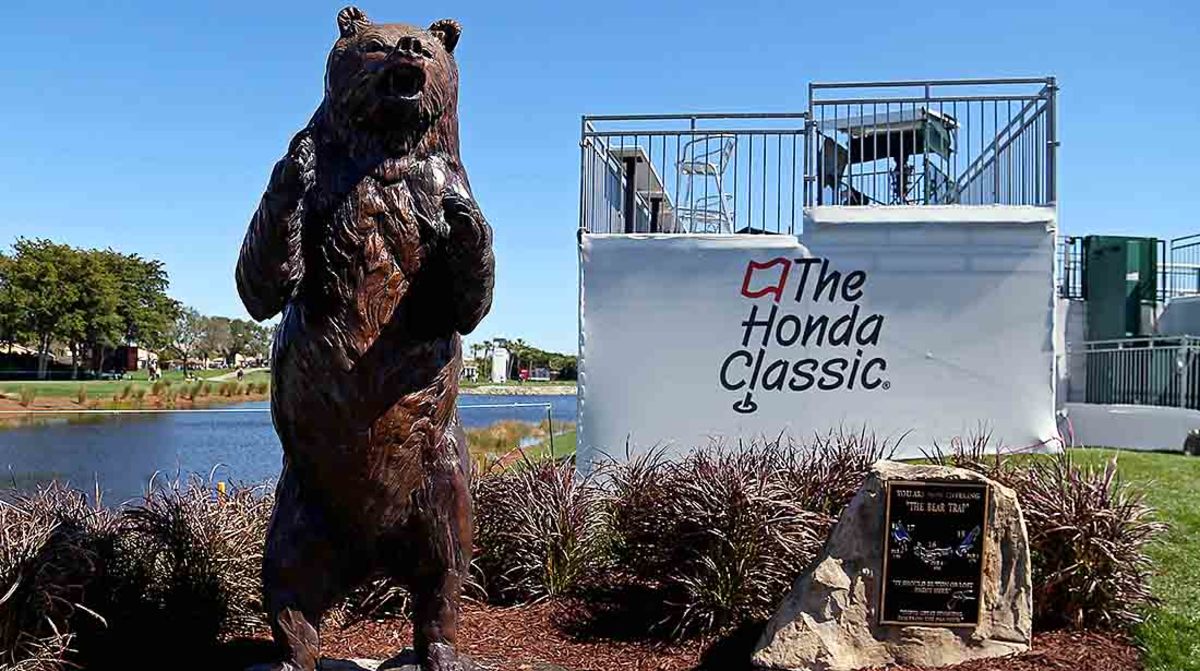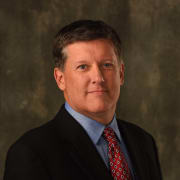'We're In a Tough Spot:' Some Tournaments Face New Challenge After PGA Tour Launches Upcoming Schedule Changes
ATLANTA – The changes to the PGA Tour schedule and minimum-event requirements for players announced by commissioner Jay Monahan on Wednesday have left many of golf's stakeholders cautiously optimistic, but scrambling to figure out how best to proceed.
Monahan acknowledged that things came together so quickly in the wake of the LIV Golf threat and a players-only meeting led by Tiger Woods in Wilmington, Delaware, last week that many of the details still need to be sorted.
But it’s already clear that some tournaments might struggle to get the top players to their events, based on the elevated status of several tournaments along with the requirement that the top players commit to them.
Two tournaments immediately come to mind: the Honda Classic and the Valspar Championship.
Both Florida tournaments that are scheduled for next spring find themselves stuck among several of the elevated events that will feature $20 million purses and an elite field.
“We’re in a tough spot, no question,’’ said Tracy West, the tournament director of the Valspar Championship. “When they elevated (the Genesis Invitational and the Arnold Palmer Invitational) earlier, we were already going to be in a tough spot. But now that they are being required to play them, holy smokes. We’re in a very difficult position.’’
Starting in January, there will be 34 weeks of tournaments on the PGA Tour, with 20 of them earmarked for the top 20 players as determined by the Player Impact Program.
Expect names such as Rory McIlroy, Justin Thomas, Jon Rahm and Jordan Spieth to be among them.
And expect tournaments such as the Honda Classic and the Valspar Championship to have a difficult time getting high-wattage players to their tournaments, simply based on logistics and timing.
Monahan announced a bold new system for 2023, with the top 20 players as determined by the PIP to compete in a minimum of 20 events, 17 of which will be the same for all. Three others will be of their choosing.

But the schedule puts Honda and Valspar in a tough spot.
The Genesis Invitational, from Feb. 16-19, starts a run of three elevated events in six weeks, along with the Players Championship – one of the 17 events all top players are expected to play.
Genesis is followed by the Honda Classic, elevated-event Arnold Palmer Invitational, Players Championship, Valspar, and the elevated-event WGC-Dell Technologies Match Play. Then following the Valero Texas Open – also in a difficult position – is the Masters.
“There is a lot to sort out in the next several weeks,’’ said Andrew George, tournament director for the Honda Classic. “It’s all happening at speeds we’ve not seen happening. To assess the next one, two or three years it might look different in reality than on paper. The fact that the top 20 will play together is exciting for golf. After what we’ve had this summer, this is a win for us.’’
George was referencing the major disruption caused by LIV Golf since it launched in June with the likes of Phil Mickelson, Dustin Johnson, Brooks Koepka, Bryson DeChambeau, Sergio Garcia, Bubba Watson, Patrick Reed and several others defecting.
Each player has either been indefinitely suspended by the PGA Tour or resigned his membership.
Others are expected to sign with LIV Golf prior to next season, and there is a sense that the PGA Tour needed to do something to push back.
It did so in the form of several $20 million tournaments spaced throughout the year while getting the top players to commit to all of them.
“The fact that we got PGA Tour players in a room and getting on the same page is a win,’’ George said. “Since the Honda in February the golf world has turned upside down. The last six months there has been a lot of uncertainty on the heels of COVID. To have them rally behind the Tour is a good thing.
“We already knew where we sit with regards to the schedule. And we’ve tried to establish this as a community event. And we’ve seen Jay and his team say everything and anything is on the table. I don’t think there is anything from their standpoint to suggest they want to hurt the Honda or the Valspar or other tournaments. That’s been super encouraging over the last 48 hours.’’
Monahan said that there are four elevated events still to be determined, and in theory the Valspar and Honda could be line to be one of them, if not in 2023 then in future years. Scheduling issues would need to be worked out, because where the Honda and Valspar are located would likely mean too many in a row.
As it stands, the Genesis, Arnold Palmer, Players Championship, WGC-Match Play stretch in six weeks makes for difficult scheduling. Even if a player wanted to choose Honda or Valspar as one of his other three events, it's a crowded schedule.
“Just like every tournament, we’re talking to our title (sponsor Valspar) to see if they want to be an elevated event,’’ West said. “Say they say 'yes,' well, it makes it a little trick. I don’t know if they’ll want four of us in a row. You’d think they’d want them more spread out. So then do we say we want to be elevated and do we go to April (which the tournament did in 2021)?
“But we also want to think about it this positively. First and foremost, these moves are good for the Tour. It raises the bar. There’s only going to be 70 getting into the (FedEx Cup) playoffs. These guys still have to play their way into the FedEx Cup. They are going to have to play a decent number of events.
“We can’t panic. We have to see how this shakes out. And the top 20 do have to play three others. You have to put your best recruitment hat on.’’
Honda and Valspar will not be alone. Tournaments that follow or precede elevated events will all be trying to figure out the best steps forward. Think of events such as the WM Phoenix Open, the RBC Heritage, the Charles Schwab Challenge, the John Deere Classic. Some of them have had to contend with unfavorable dates on the calendar. Now they have an added challenge.
Of course, there are far more than 20 top players. Those who are not featured in the PIP will in many cases skip some of the top events to play places where they are most comfortable. Figuring all of that out and seeing how it evolves is still to be determined.
“There’s a lot of clarity to be gained for everybody,’’ George said. “The fact that it’s moving in real time, they really need the next 45 to 60 days to figure some things out. Now is the time to assess the opportunity and to throw all of the solutions on the table.’’
